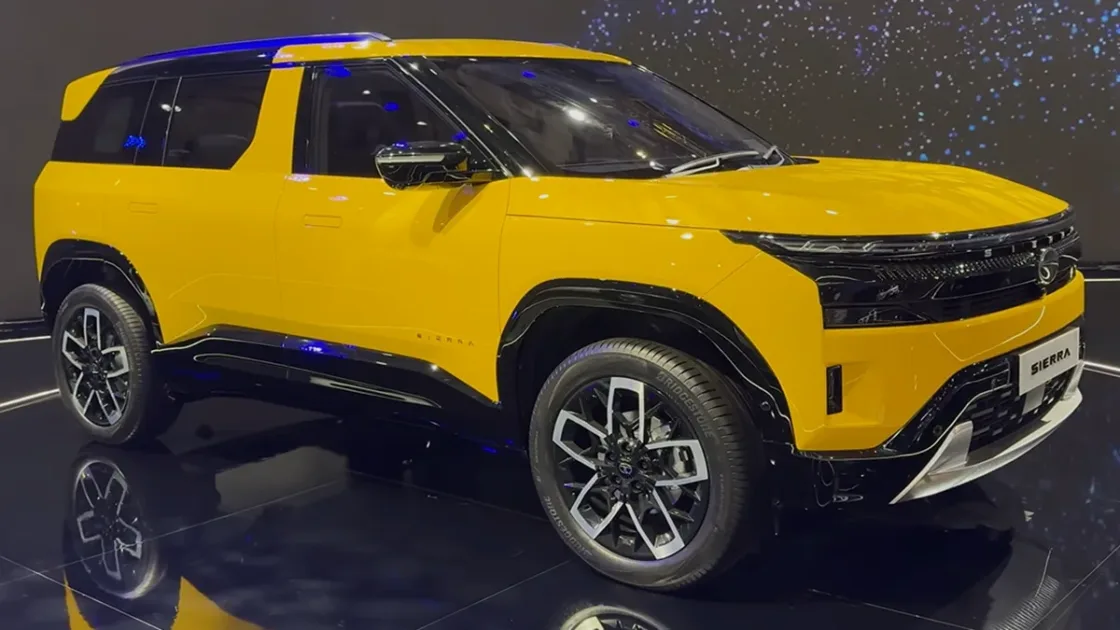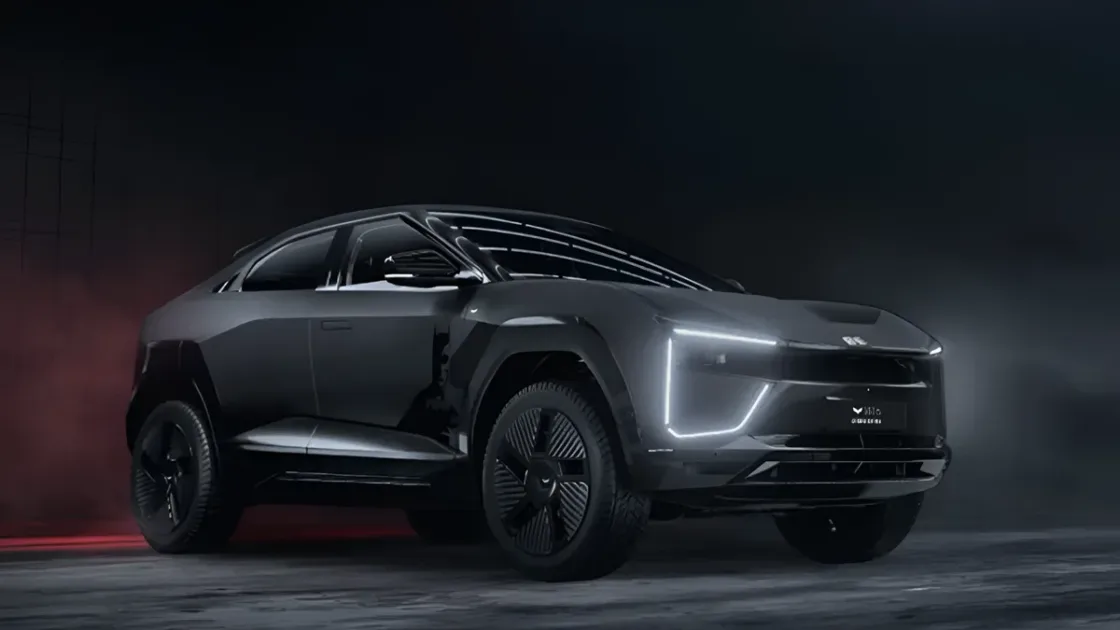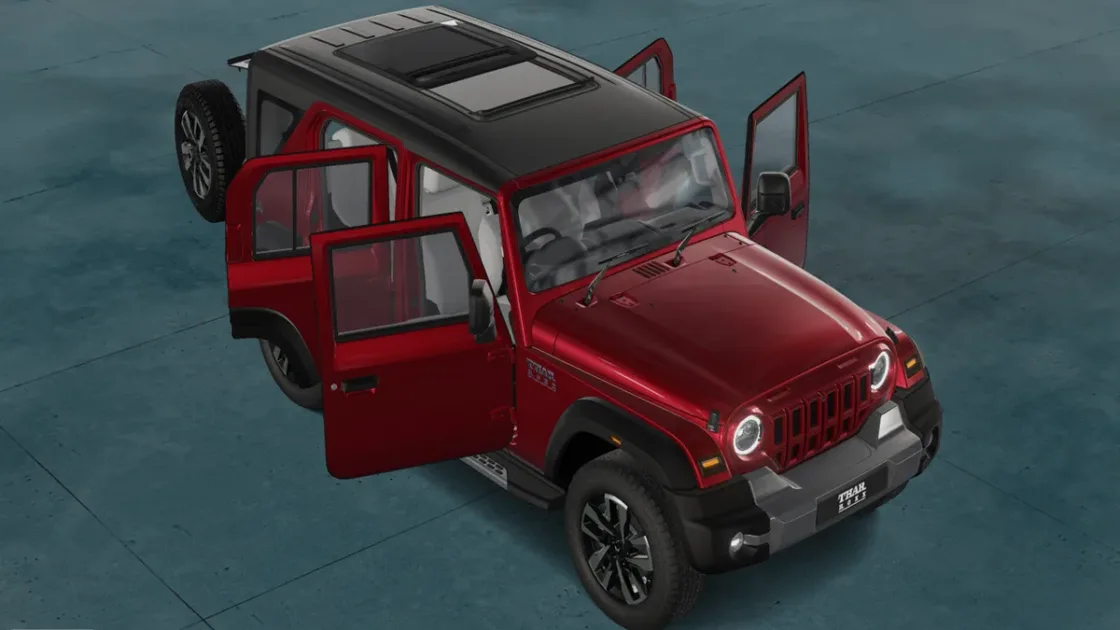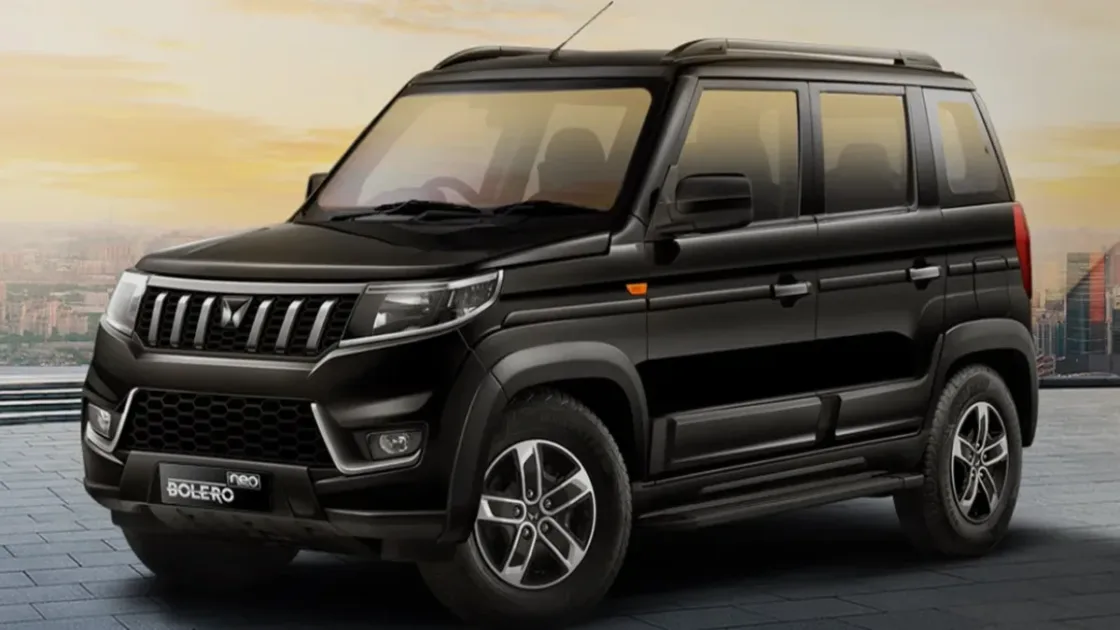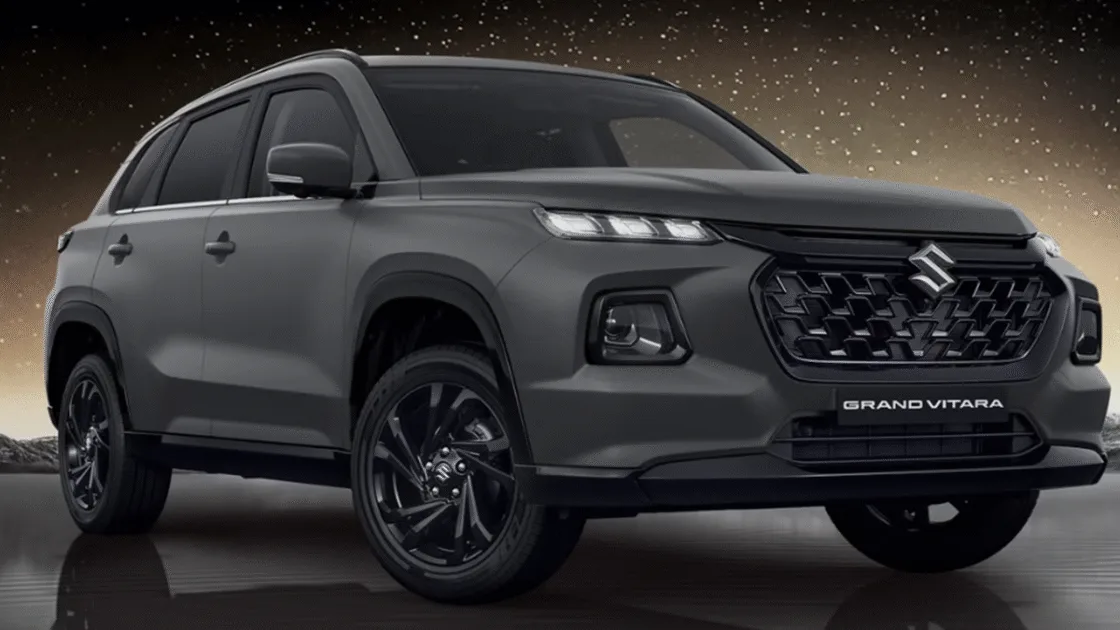After introducing the Kwid ICE makeover in India, Renault may also debut the Kwid EV, although this is not confirmed.
Renault Kwid EV Caught Testing In India: Renault debuted the facelifted Triber and Kiger models in July and August, respectively, as part of a portfolio revamp. The Kwid facelift is currently being worked on by Renault and should be released soon. A recent sighting of a test mule has provided some new information ahead of that. These spy photos show a faint exhaust, indicating that this test mule is not an electric vehicle. Let’s examine it more closely.
Key Details
| Aspect | Details |
| Recent Launches | Renault launched facelifted Triber (July) & Kiger (August) |
| Upcoming Model | Renault Kwid facelift under testing, not yet confirmed as EV |
| Exterior Design | Inspired by Dacia Spring EV – Y-shaped LED DRLs, pentagonal headlamps, closed grille, flap-style handles, squared-off arches, steel wheel covers |
| Rear Design | Y-shaped tail lamps, cleaner look, wide trim with Renault logo |
| Interior Updates | Larger 10-inch touchscreen (likely), 7-inch digital cluster, new steering design, possible additional upgrades |
| Engine Options (ICE) | 1.0L petrol engine – 69 PS & 92.5 Nm torque |
| Transmission | 5-speed manual & 5-speed AMT |
| CNG Option | Dealer-installed retrofit kit (₹75,000), 3-year/1,00,000 km warranty |
| EV Possibility | Could borrow Dacia Spring EV specs – 26.8 kWh battery, ~220 km range, 45 PS or 65 PS motor |
| Competition (if EV) | Citroen eC3, MG Comet EV, Tata Tiago EV |
| Status | Kwid facelift confirmed, EV launch still speculative |
Also Read:- A Compact Land Rover Defender Is Coming Soon – Everything We Know So Far
Rear Design Updates
The Dacia Spring EV’s Y-shaped tail lamps are also visible at the back. The Kwid facelift has a rear look that is very similar to the Dacia Spring EV, even with the camouflage. Renault’s logo might be placed in the middle of the wide trim that runs between the tail lamps. The rear profile of the Kwid facelift will have a cleaner, more refined appearance. The hatch will probably have a more powerful and appealing road presence thanks to this design strategy.
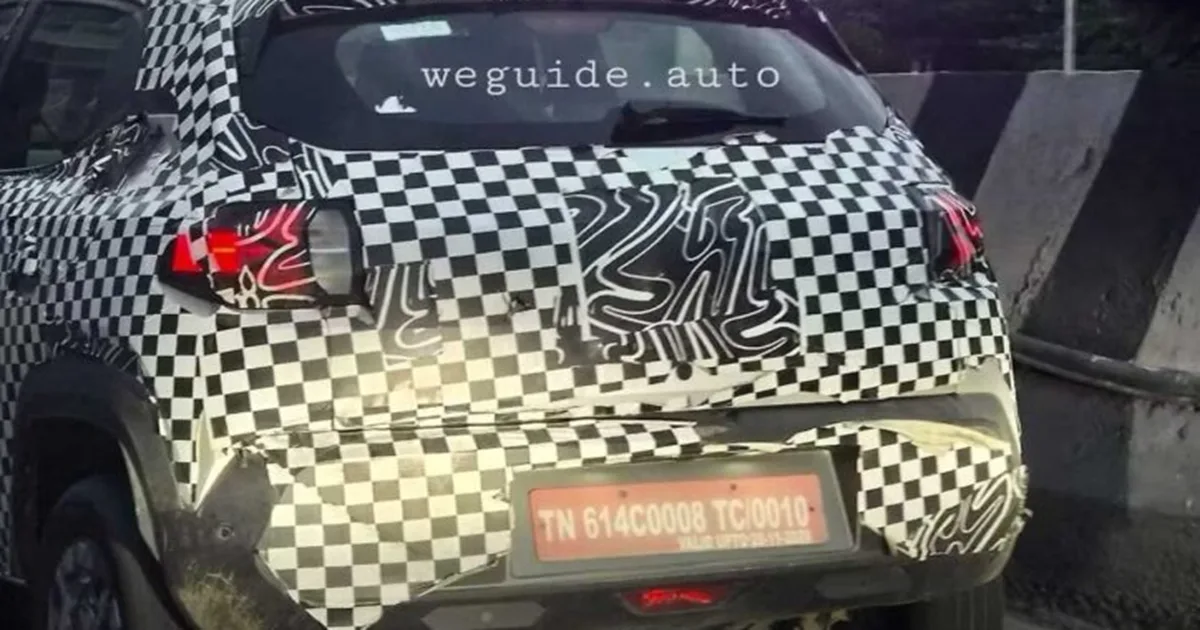
Interior Enhancements
Numerous improvements have also been made to the Kwid facelift’s inside. A huge touchscreen infotainment system, maybe measuring ten inches, is visible. Will the production use this larger screen? Time will tell. A 7-inch digital instrument cluster appears to be new, and the steering wheel’s shape has been updated. Although they haven’t been noticed, there could be further improvements inside.

CNG Variant Details
The CNG versions aren’t factory-installed, though. Rather, government-approved organisations at the dealer level perform the CNG retrofit. The dealer is in charge of the required paperwork. Customers also receive a standard warranty of three years and 100,000 kilometres. Kwid’s CNG kit costs Rs 75,000.
Engine and Transmission Options (ICE)
The current 1.0-litre gasoline engine will be used if the Renault Kwid makeover is carried over into the ICE version. It produces 92.5 Nm of torque and 69 PS. There are two transmission options: a 5-speed AMT and a 5-speed manual. Additionally, Renault has made CNG available for all of its models, including the Kwid hatchback.
Design Inspiration from Dacia Spring EV
The Dacia Spring EV, which is offered in Europe, seems to be the source of the majority of the Renault Kwid facelift modifications. The unique Y-shaped LED DRLs, pentagonal halogen headlamps, and a closed-off grille design provide compelling evidence. The hatchback features a slightly sloping roofline, flap-style door handles, substantial body cladding, and squared-off wheel arches. The Dacia Spring EV and the steel wheel covers seem to have identical designs.
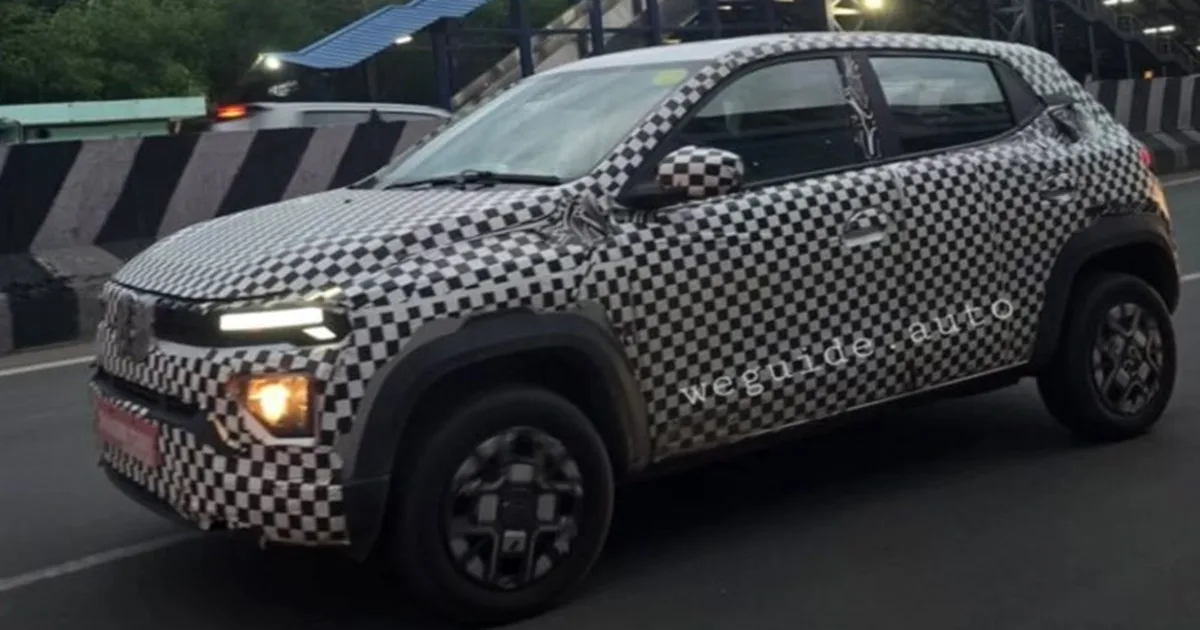
Possibility of Kwid EV Launch in India
Given the increasing demand for electric vehicles, it’s feasible that Renault may introduce the Kwid electric variant in India. The Kwid EV’s hardware might then be identical to the Dacia Spring EV’s. The latter has a range of about 220 km (WLTP) with a 26.8 kWh battery pack. The motor options available to users are 45 PS and 65 PS.
Future Outlook and Competition
It is unclear if Renault will offer the Kwid hatchback in India in both ICE and EV configurations, or if the hatchback will only be available in electric form. If introduced here, the Kwid EV will compete with the Citroen eC3, MG Comet EV, and Tata Tiago EV.
Also Read:- Tesla Model Y Deliveries Begin in India: Free Home Charger & 622 Km Range in RWD Variant
PPX Saying
With contemporary style influenced by the Dacia Spring EV, the Renault Kwid facelift demonstrates the company’s intention to maintain the relevance of its well-liked entry-level hatchback. The potential EV introduction might usher in an exciting new era for Renault in India’s low-cost EV market, even though the ICE variant will still feature the tried-and-true 1.0L petrol engine with optional CNG retrofit.
With a more economical entry point into electric mobility, the Kwid EV will immediately compete with the Citroen eC3, MG Comet EV, and Tata Tiago EV upon its launch. The upcoming months will be critical for Renault’s strategy in the small car and EV markets, since the company has not yet confirmed whether India will see both ICE and EV variants or just one.



